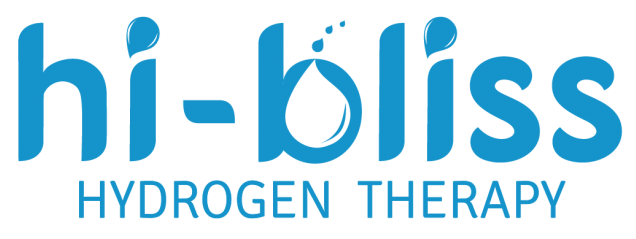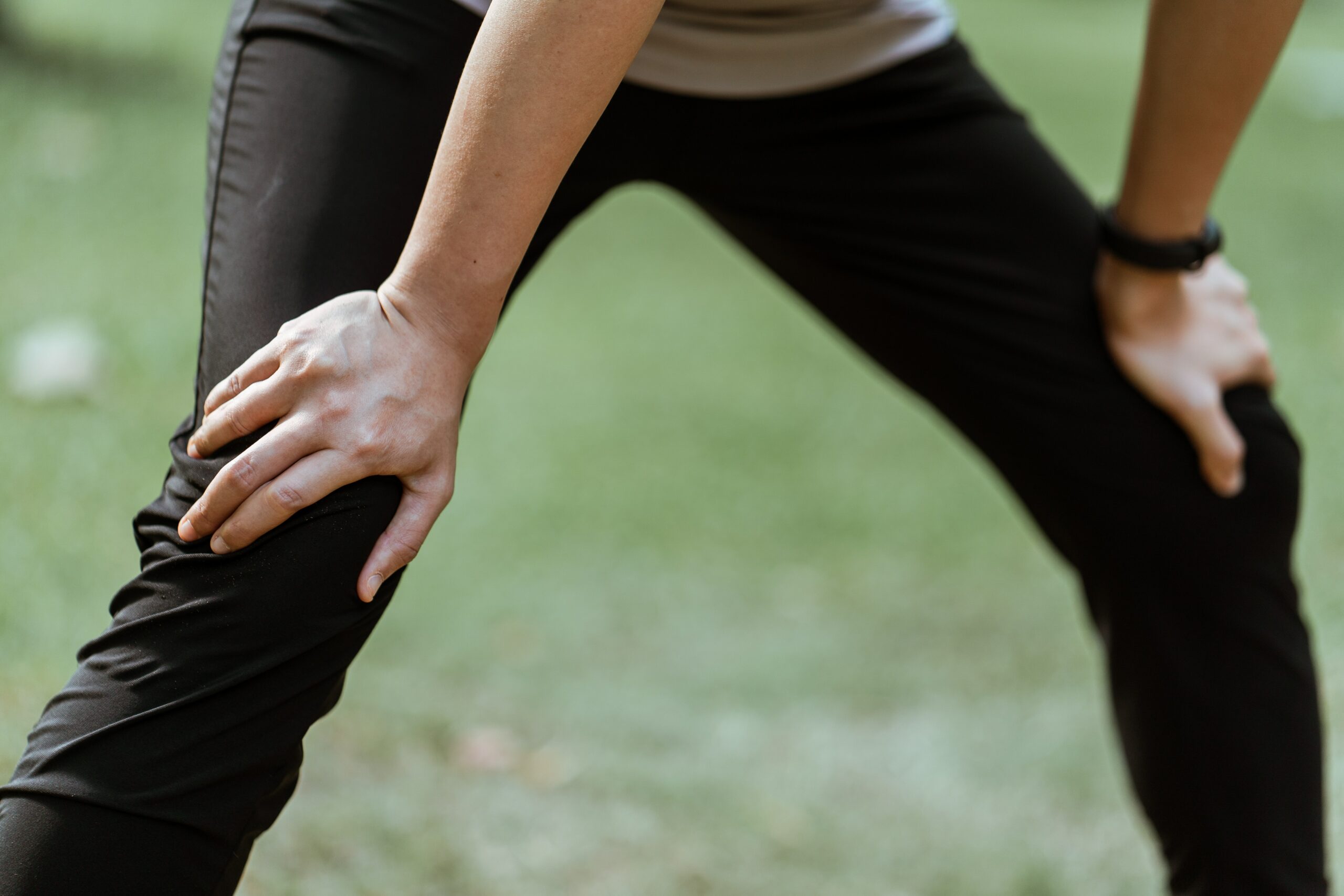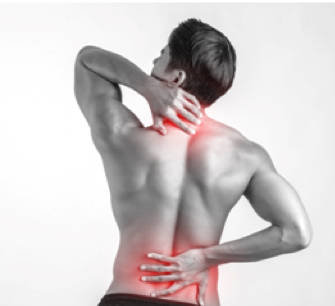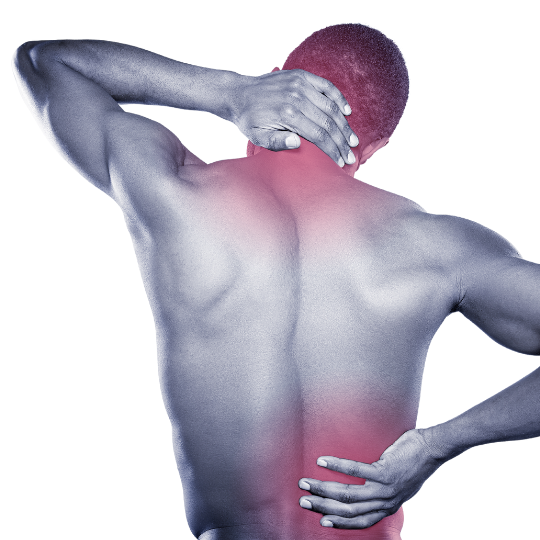Introduction
Knee Pain is a condition that many people of all ages face during their lives. It can have a wide variety of causes and may happen suddenly with great intensity or may manifest as a dull ache over a long period of time.
Causes of Knee Pain
Obesity
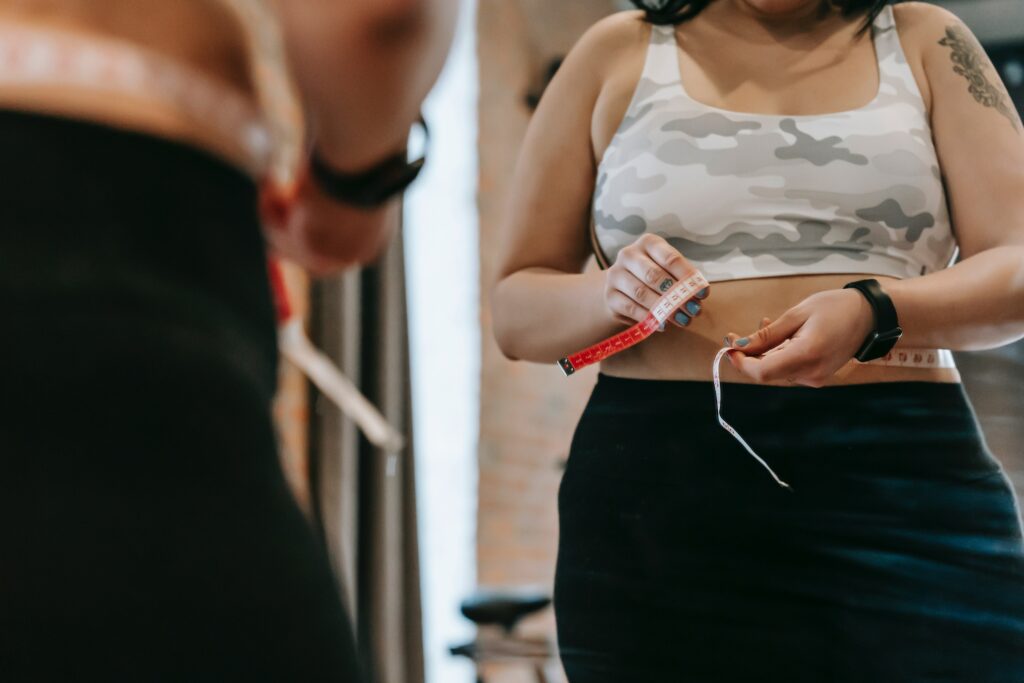
Over 50% of Malaysians are either overweight or obese. This means that if you aren’t overweight yourself, you are very likely to know a person who is overweight or obese. Structures of the Anterior Knee such as the Patella, the largest sesamoid bone in the body, experience forces equal to up to five times our body weight. Having a high body weight can contribute to these bones and joints overworking to compensate. More wear and tear will occur on the knee as a result.
Sports

The most common form of Knee Injury is Knee Sprain. According to a study, strains and pains accounted for more than 40% of knee injuries. A study conducted in 2015 estimates that 32% and 57% of all knee strains and sprains occurred at a sports venue.
One of the major sources of knee injuries comes from Anterior Cruciate Ligament (ACL) Injuries. These injuries are common in athletes who participate in sports that involve a lot of high-impact pivoting movements. This includes sports like football (also known as soccer in the United States), basketball and badminton.
Another sports-related knee injury is the Meniscus Tear which occurs in sports that involve a lot of twisting and tackling of the knee.
Age

As you get older, your muscles and bones start to deteriorate. This can cause weakness and pain in your joints. Furthermore, as you get older, the Menisci (cushioning in your knees) will start to wear away causing a condition known as Osteoarthritis.
Knee-Related Medical Conditions
Baker Cyst

Known also as a Popliteal Cyst, a Baker Cyst is a fluid-filled cyst that may manifest at the back of the knee causing stiffness and discomfort. These cysts normally form due to meniscus tears or osteoarthritis. This happens as a result of the body’s response to inflammation – increasing the flow of synovial fluid until it accumulates behind the knee.
Non-surgical treatment options are available for managing Baker Cysts such as the usage of NSAIDs (Non-Steroidal Anti-Inflammatory Drugs), Steroid Injections and Aspiration (removal of the fluids). However, large cysts that are causing nerve or vascular problems may be removed via excision surgery.
Osteoarthritis

If you are suffering from Osteoarthritis of the knee, you will likely experience pain while walking, particularly when going up or down inclines like hills or stairs. You may hear a grinding or grating sound in your joints while moving it. In severe cases, your knees might even buckle, causing imbalance or difficulty in balancing. We have written an article about Osteoarthritis, click here to read it.
Osgood-Schlatter disease
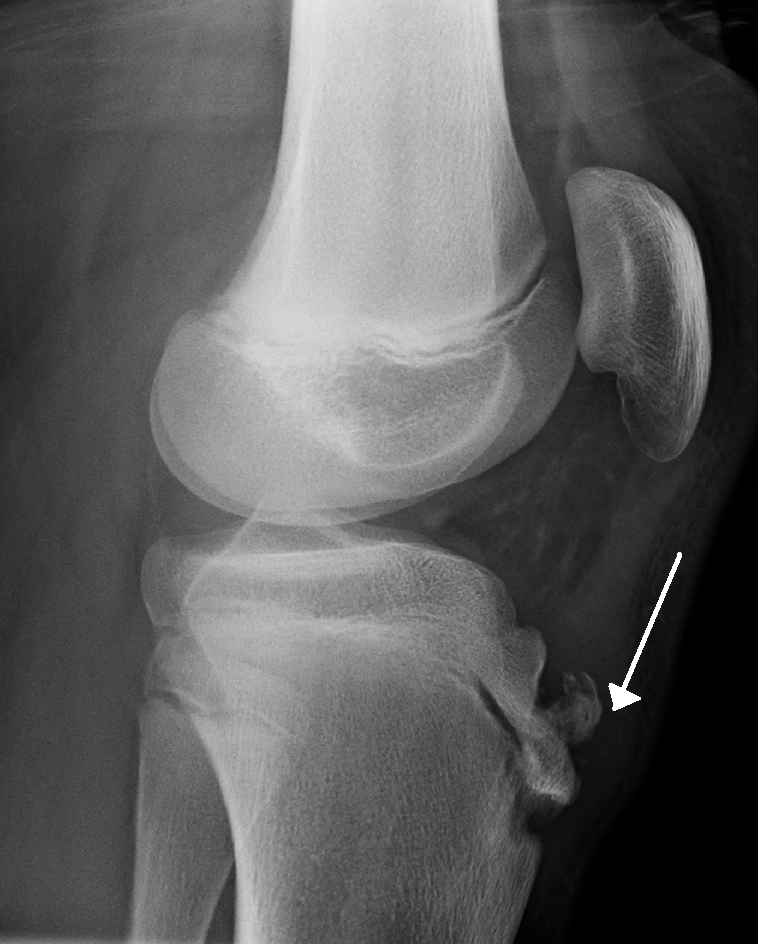
Osgood-Schlatter Disease is a type of swelling below the knee joint along the tendons on the front of the knee. It is caused by irritation of the bone growth plate and mainly affects children, especially growing children who are active in sports.
This condition usually goes away with ample bed rest and a reduction of intensive activity for children who are susceptible to the condition. Ice Packs after activity and the usage of knee pads may help reduce the effects of the condition. Medicine such as acetaminophen or NSAIDs may be used as advised by your doctor.
Infections

Bone infections are also known as osteomyelitis and they may be responsible for acute or chronic knee pains. It occurs when bacteria enters the bone through your bloodstream or through an open wound. Symptoms of osteomyelitis include fevers, chills, local swelling and general discomfort.
Treatment is usually conducted with antibiotics to kill off the harmful bacteria and, in severe cases, surgery.
Home Care to Reduce Knee Pain
Though certain knee pain conditions require medical intervention by your doctor, here are some things you can do at home to assist your recovery journey.

Bedrest is an important aspect of recovering from bouts of knee pain as movement can cause compression on the knee joint which prevents it from recovering as quickly as it should. When lying down, keep your knee raised to reduce swelling. You can use a pillow underneath your knee while sleeping to keep it elevated.

Icing the area is another thing you can do from your home to improve recovery from knee injuries. Wrap some ice cubes or an ice pack in a bundle of cloth and apply it to the swollen or painful areas. Refrain from pressing the ice directly onto the skin to prevent discomfort or injury.
Preventing Knee Pain and Injuries
Warm Up and Cool Down
Always warm up before exercise and cool down after you are done. This can be done by conducting some stretches of the muscles on the front and back of your thighs, your quadriceps and your hamstrings. Watch this video for some simple stretching exercises as taught by our Hi-Bliss Physiotherapists
Reduce Joint Impact
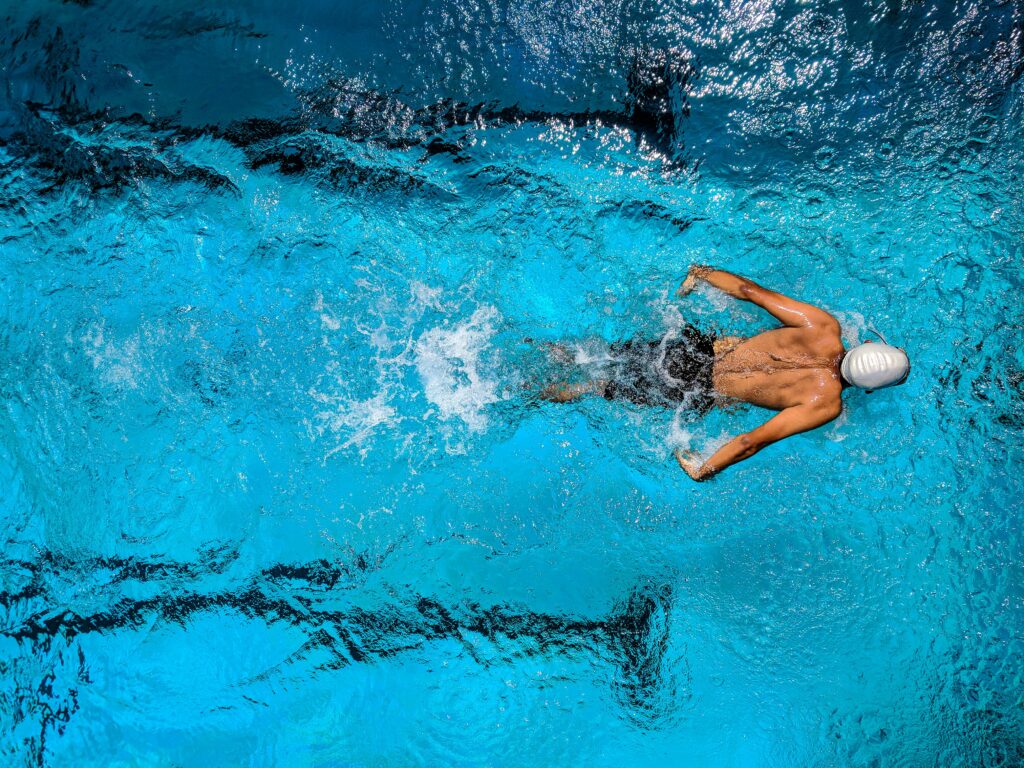
As your knee joint bears a lot of weight during daily activities, it is important to reduce the impact where possible. This includes walking down inclines (downhill) instead of running. When it comes to exercise choice, instead of running or jumping, consider cycling or swimming.
Weight Management
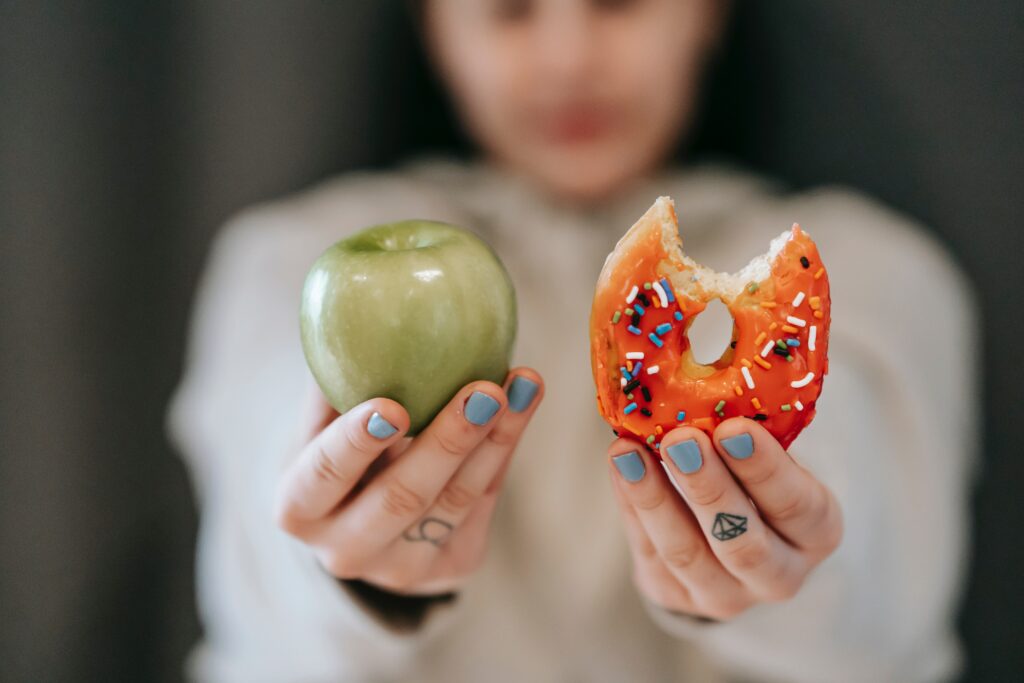
As we have mentioned before, obesity plays a huge factor in your joint health. Managing your weight can bring many healthcare benefits including improving your cardiovascular health, your lungs and even your mood! If you are suffering from weight-related knee pain, you should consider speaking to your doctor or a dietician about weight loss options.
Physiotherapy
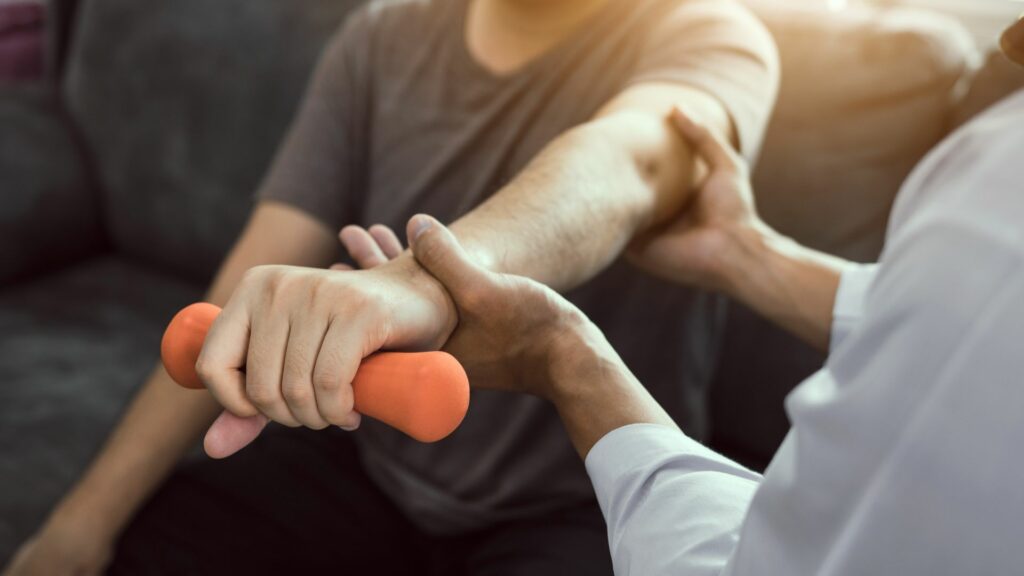
Physiotherapy isn’t necessarily only for those with injuries. You may consider physiotherapy as a preventative route to reduce your risk of knee pain or injury. Physiotherapists can help by strengthening your surrounding muscles to help give your knee joint more support.
How Hydrogen Therapy Can Help
We already suggested physiotherapy in the previous section but what if there was something better than just physiotherapy?
Hi-Bliss Hydrogen Therapy combines the anti-inflammatory properties of Molecular Hydrogen and a team of highly-trained physiotherapists to help people who are suffering from knee pain improve their condition and reclaim their active and healthy lives.
During your first session with Hi-Bliss, our physiotherapists will conduct a few health assessments to identify the state of your condition. It will be helpful to bring some of your scans or medical reports from previous doctor visits.
Then, our therapists will perform a palpation check, a sense-of-touch test to identify muscle weaknesses and stiffnesses.
When that is done and treatment points are identified, our physiotherapists will spray molecular hydrogen gas onto your body.
Hydrogen gas is non-invasive but due to its nature as the smallest molecule, it can penetrate your skin painlessly to relieve inflammation in your body and joints. This is done by reducing oxidative stress by neutralising free radicals. There are no side effects to Hydrogen Therapy so no worries and no fuss. All you need to do while undergoing Hydrogen Therapy is just relax!
After being sprayed with Hydrogen gas, our therapists will conduct manipulation on your body. This includes some static stretching and massages.
Finally, your Hi-Bliss Therapist will teach you some basic stretching and strengthening exercises to do at home for a holistic healing experience.
- National Health & Morbidity Survey | NHMS 2019
- Anatomy, Bony Pelvis and Lower Limb, Knee Patella.
- Obesity and Anterior Knee Pain | University of Michigan
- Epidemiology of 6.6 million knee injuries presenting to United States emergency departments from 1999 through 2008
- Incidence of Patients With Knee Strain and Sprain Occurring at Sports or Recreation Venues and Presenting to United States Emergency Departments
- Age-proof your knees
- Baker's Cyst (Popliteal Cyst) | Orthoinfo
- Osgood-Schlatter Disease | John Hopkins Medicine.
- Osteomyelitis
